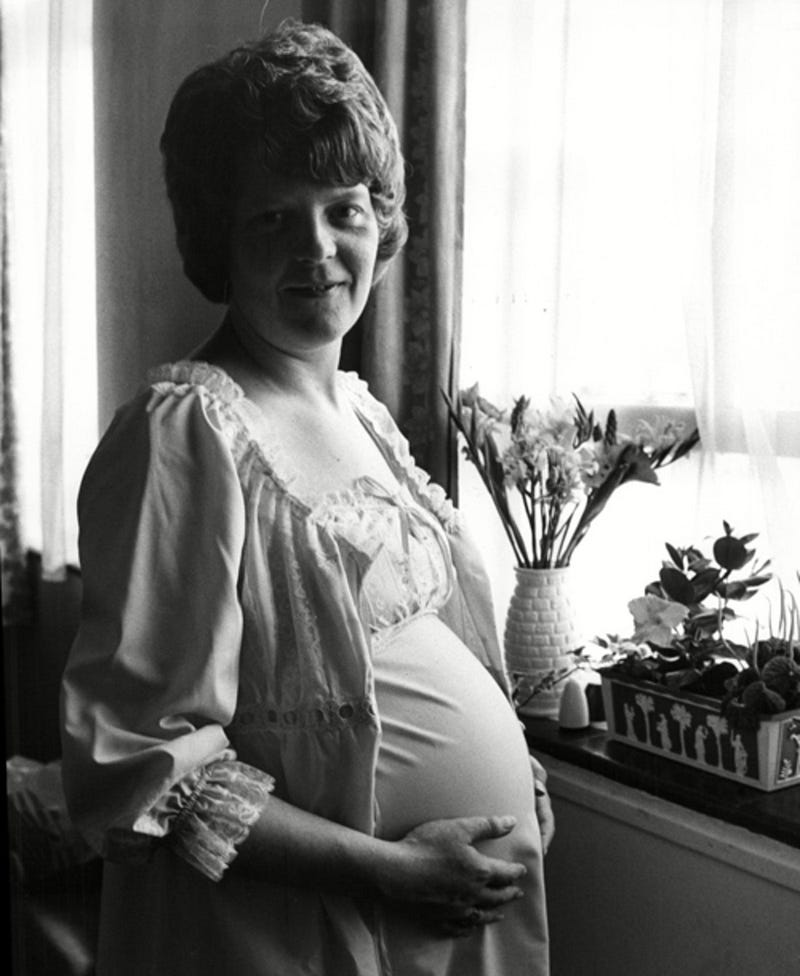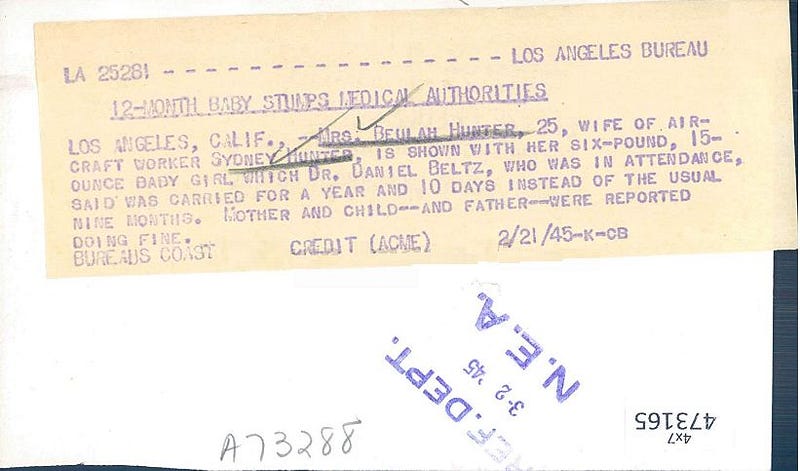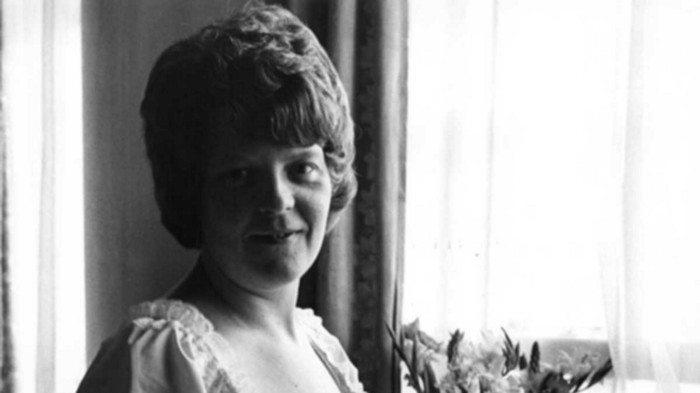 normal pregnancy lasts about 280 days from the first day of the last menstruation, with a normal variation from 259 days (37 weeks) to 287 days (41 weeks). It is well known that a woman carries a baby in her womb for about nine months. In different species of terrestrial mammals, the gestation period varies from 13 days for the opossum to 640 days for the elephant. With a gestation of up to 22 months, more than double the duration of a human pregnancy, the elephant is by far the champion in this regard. As a curiosity, the female elephant has no more than four offspring in a lifetime.
normal pregnancy lasts about 280 days from the first day of the last menstruation, with a normal variation from 259 days (37 weeks) to 287 days (41 weeks). It is well known that a woman carries a baby in her womb for about nine months. In different species of terrestrial mammals, the gestation period varies from 13 days for the opossum to 640 days for the elephant. With a gestation of up to 22 months, more than double the duration of a human pregnancy, the elephant is by far the champion in this regard. As a curiosity, the female elephant has no more than four offspring in a lifetime.
Returning to the absolute record for the human species, this particular achievement is held by Beulah Hunter. When the American was 25 years old, she experienced the longest gestation period: one year and 10 days! It happened in 1945, but her case went down in history!
A surprise for the Doctors

Beulah Hunter first noticed that she was pregnant in the 2nd month. She did mention that she didn’t experience any morning sickness until the 2nd month which was one of the first signs that she was pregnant. As time went by, the pregnancy went very well, when she went for the periodical checkups, everything seemed fine and the womb seemed to develop at a normal rate. The period of pregnancy extended to 375 days, almost a hundred days longer than a normal pregnancy. No wonder it became a record, especially since the baby survived birth, being a little girl named Penny Diana.
Doctor Daniel Beltz, who helped Beulah Hunter give birth to her baby girl, swore the pregnancy was real. To support his claim, the doctor made public a pregnancy test performed in the laboratory, dated March 24, which attested that the young woman’s menstrual cycle stopped on February 10. He also kept most of the medical reports that were attested to the record.
According to the doctor, in the first three months, the young woman’s pregnancy went normally. This was followed by a period in which the mother did not feel any changes in the pregnancy. It was not until the sixth month that the woman began to experience new, normal sensations during pregnancy. It was also the first time she had felt her baby move in her womb. Moreover, the child’s heart rate could be detected only in September 1944, and not in July, according to the schedule of a normal pregnancy.
A late but Healthy Baby

When she was born on February 21, 1945, little Penny Diana weighed 3.14 kg. The weight was low for a baby who needed more than a year to be born. Fortunately, despite the complications, the little girl was perfectly healthy and looked like a full-term baby.

At that time, both the doctor and the mother had to face waves of criticism from doctors who questioned the veracity of the case. Most claimed that the young woman had been pregnant, but for some unknown reason she would have lost the pregnancy, and that she would soon become pregnant again. “Nonsense!” Dr. Daniel Beltz replied, whenever he was confronted.
Penny Diana Hunter grew up as a healthy child with no problems or other complications due to the 12-month pregnancy. Even to this day, medics are trying to figure out what made this particular pregnancy last 100 days longer.
Avid Writer with invaluable knowledge of Humanity!
Upcoming historian with over 30 million views online.
“You make your own life.”


